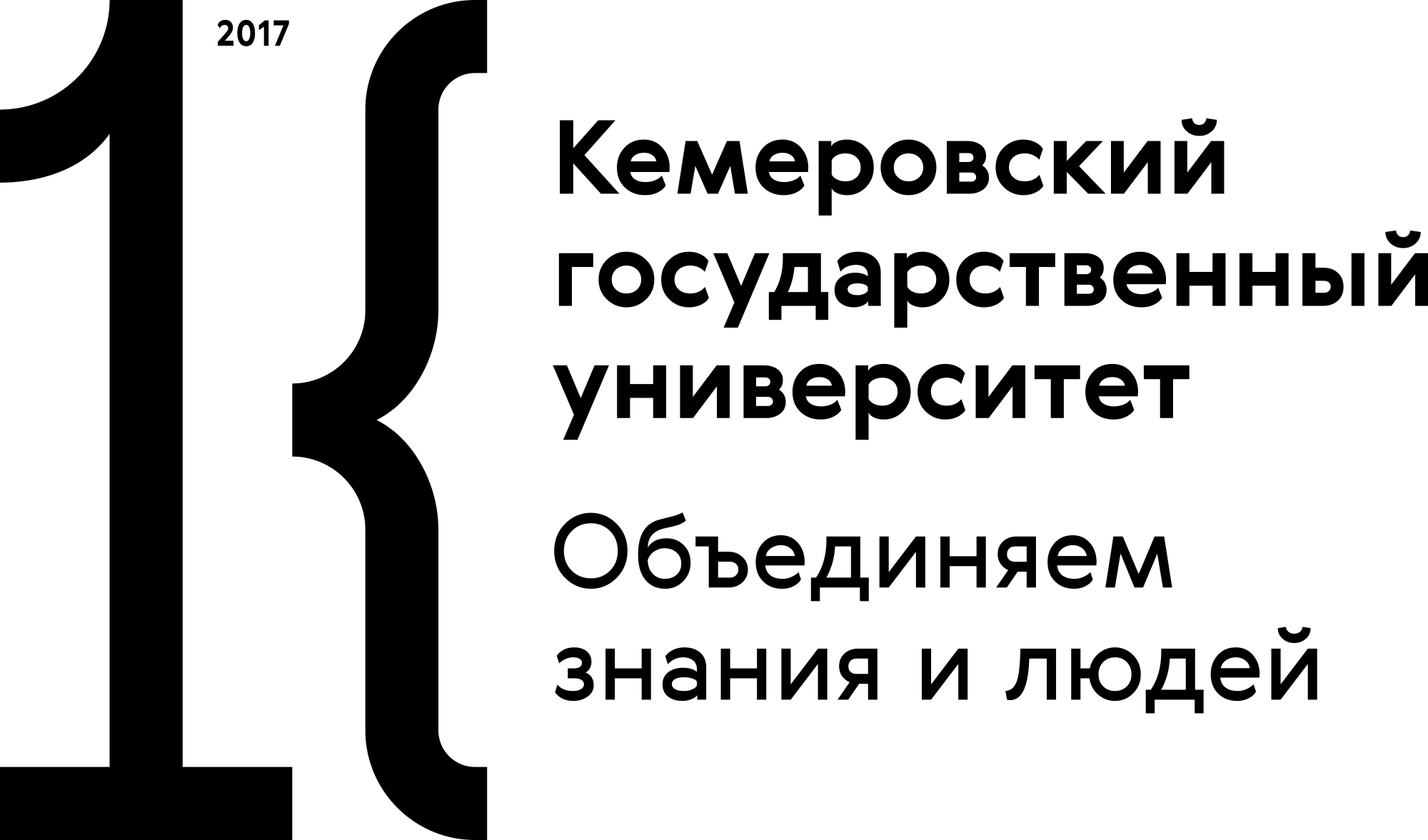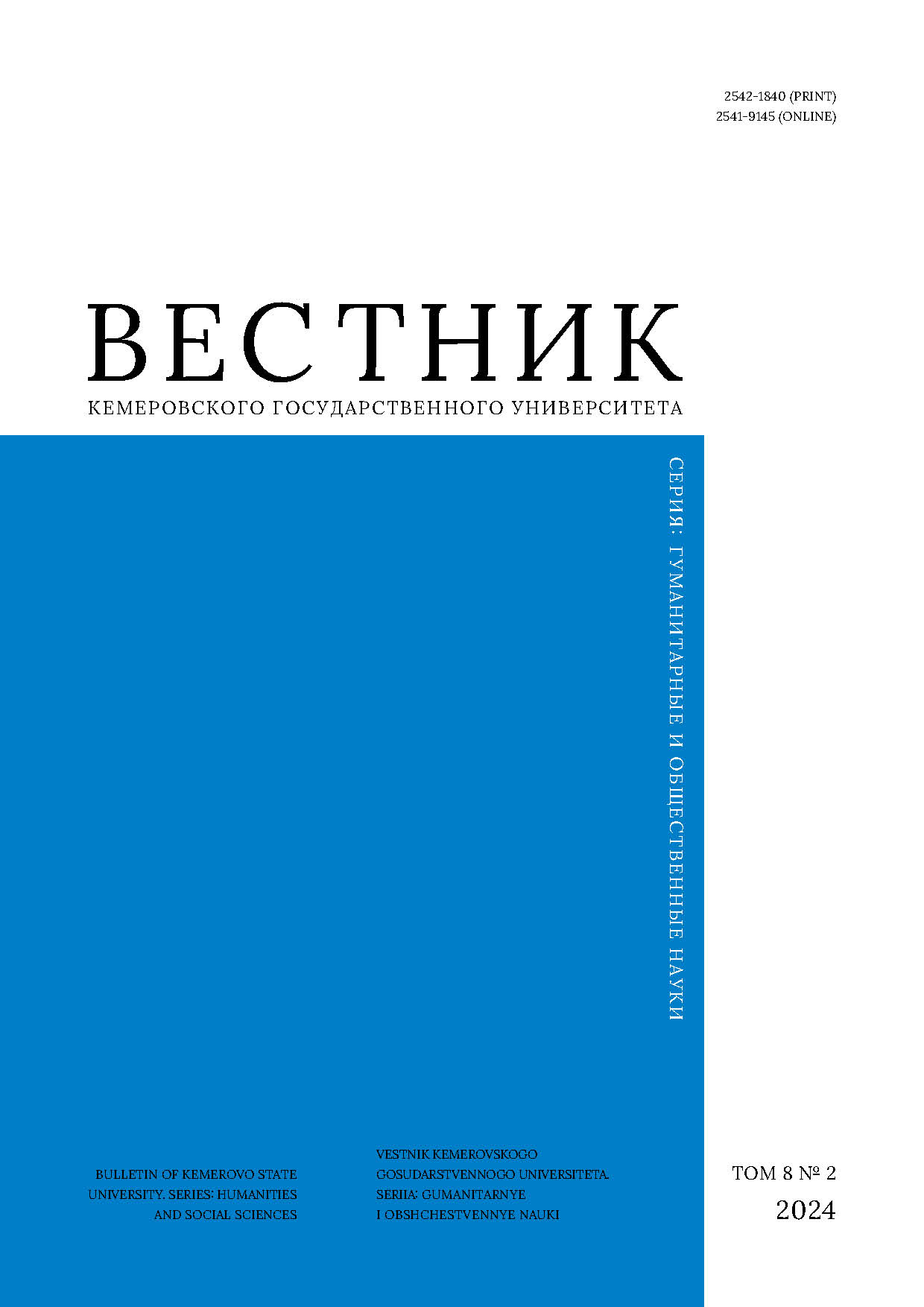Ural Law Institute of the Ministry of Internal Affairs of the Russian Federation (Department of Operative and Investigative Activities of Internal Affairs Organisations, associate professor)
Ekaterinburg, Russian Federation
ANO "Centre for Assistance to the Development of Criminalistics CrimLib" (junior science researcher)
Ekaterinburg, Russian Federation
UDC 343.98
To counteract the development of criminal activity, law enforcement agencies need to employ new technologies. However, the current models of such implementation provide neither competitive advantage nor forensic efficiency. This article describes the existing models of integrating advanced technologies into law enforcement practice, as well as ways of their optimization. The paper considers the best practices and related risks. The authors relied on standard cognition methods and modeling to develop four key models of integrating modern technologies into crime investigation activities, i.e., 1) legislative consolidation, 2) implementation after the effectiveness has been experimentally verified, 3) departmental regulation, 4) independent initiative implementation. Each model demonstrated a number of advantages and disadvantages. On the one hand, they proved legal, effective, rational, and based on actual threats and risks. On the other hand, the legislative consolidation process is long: as a result, participants in criminal proceedings risk their rights. Moreover, no objective effectiveness assessment can be provided while scientific recommendations do not correlate with actual practice. The authors proposed a comprehensive model that can adapt to a particular technology. The model presupposes coordinated actions of scientists, practitioners, investigative authorities, and legislators. The article also introduces an algorithm that increases the effectiveness of forensic activities.
forensics, criminal process, modern technologies, integration of technologies, digitalization, experimental legal regime, keystroke dynamics
1. Ayo F., Bamidele A. J., Olasupo A., Imoize A., Li Ch.-T., Lee Ch.-Ch. CBFISKD: A combinatorial-based fuzzy inference system for keylogger detection. Mathematics, 2023, 11(8). http://dx.doi.org/10.3390/math11081899
2. Rai S., Choubey V., Suryansh, Garg P. A. Systematic review of encryption and keylogging for computer system security. Fifth international conference on computational intelligence and communication technologies (CCICT-2022): Conf., Sonepat, 8–9 Jul 2022. Sonepat: ABES Engineering College, 2022, 156–162. https://doi.org/10.1109/CCiCT56684.2022.00039
3. Natura A. I., Natura D. A. Criminalistics: The place in the system of scientific knowledge and its nature. Baikal Research Journal, 2023, 14(4): 1626–1634. (In Russ.) https://doi.org/10.17150/2411-6262.2023.14(4).1626-1634
4. Volchetskaya T. S., Golovin A. Y., Osipova E. V. Features of Russian and American criminalistics development: Technics, tactics and investigation technique. Tomsk State University Journal of Law, 2018, (29): 40–52. (In Russ.) https://doi.org/10.17223/22253513/29/4
5. Velichkin S. A. Scientific foundations of criminalistics. Vestnik of Saint Petersburg University. Law, 2013, (3): 65–99. (In Russ.) https://elibrary.ru/rcavuj
6. Tarasov-Rodionov P. I. Soviet criminology. Socialist legality, 1951, (7): 6–15. (In Russ.)
7. Yavorsky M. A. Information technologies in law enforcement: Overview of implements and opportunities. Global challenges and prospects of the modern economic development: Proc. Conf., Samara, 15–16 Dec. 2020. Samara: State University of Economics, 2021, 1398–1405. http://dx.doi.org/10.15405/epsbs.2021.04.02.166
8. Milovanova M. M., Petrantsova T. S. Actual forensic technologies and the possibility of their use in the investigation of a crimes. Legal Bulletin, 2020, 5(1): 57–62. (In Russ.) https://elibrary.ru/zdzaqj
9. Patel D. S. Crime scene investigation using advanced technologies. International journal of science and research (IJSR), 2024, 13(2): 928–929. http://dx.doi.org/10.21275/SR24112191633
10. Fedorov I. Z. To the question of the extension of the list of sources of information, admissible as evidence in a criminal case. Vestnik of the Russian University of cooperation, 2015, (4): 142–145. (In Russ.) https://elibrary.ru/vkdrgh
11. Saveleva M. V., Smushkin A. B. Unmanned aerial vehicle as a special technical and forensic tool and an object of forensic investigation. Tomsk State University Journal, 2020, (461): 235–241. (In Russ.) https://doi.org/10.17223/15617793/461/29
12. Ponomareva A. I., Suvorova A. V. Modeling as a method of scientific knowledge: essence and typology. Economy and business: theory and practice, 2020, (12-2): 233–237. (In Russ.) https://doi.org/10.24411/2411-0450-2020-11112
13. Dmitrieva A. A. Ensuring people’s security in criminal proceedings. Moscow: Iurlitinform, 2017, 176. (In Russ.) https://elibrary.ru/xaomnr
14. Petukhov E. N. Digital technologies as a means of ensuring the proper execution of criminal procedure obligations. Current issues of forensic examinations and their assessment: Proc. All-Russian (National) Sci.-Prac. Conf., Krasnoyarsk, 1 Apr 2021. Krasnoyarsk: Krasnoyarsk SAU, 2021, 86–93. (In Russ.) https://elibrary.ru/ogncyp
15. Lima C. M., Pasqualetto A. Installation of regulatory sandbox environment from the perspective of the Brazilian charter for smart cities. Revista nacional de gerenciamento de cidades, 2023, 11(83): 257–272. http://dx.doi.org/10.17271/23188472118320233769
16. Davydova M. L., Makarov V. O., Dundukova S. A., Mironova S. M., Chagin I. B. Regulatory sandboxes: Foreign practice and experience in modern Russia. Moscow: Rusains, 2023, 185. (In Russ.)
17. Mishin V. A. Digital technologies used in the field of crime prevention (on the example of the hardware and software complex "Safe city"). Problems of law-enforcement activity, 2021, (3): 60–64. (In Russ.) https://elibrary.ru/eyxjzz
18. Salaev A. B. Digitalization in the inspection of the scene of the incident: A modern view of criminal proceedings. Bulletin of the Karaganda academy of the Ministry of internal affairs of the Republic of Kazakhstan named after B. Beisenov, 2023, (2): 97–103. (In Russ.) https://elibrary.ru/ejjroo
19. Fedorov I. Z. Establishing the executor of electronic text by keyboard handwriting in the detection and investigation of crimes. Vestnik Barnaulskogo iuridicheskogo instituta MVD Rossii, 2019, (2): 113–116. (In Russ.) https://elibrary.ru/xliyay
20. Krasnova L. B. Electronic storage media as evidence. Izvestiya Tula State University. Economic and legal science, 2013, (4-2): 254–260. (In Russ.) https://elibrary.ru/rxotfb
21. Pastukhov P. S. Developing criminal procedural evidence with electronic evidence. The Seventh Perm Congress of Legal Scientists, eds. Golubtsov V. G., Kuznetsova O. A. Perm: STATUT, 2017, 558–566. (In Russ.) https://elibrary.ru/yojlov
22. Voronin M. I. Electronic evidence in the criminal procedure code: To be or not to be? Lex Russica, 2019, (7): 74–84. (In Russ.) https://doi.org/10.17803/1729-5920.2019.152.7.074-084
23. Sebaykin A. G. Artificial intelligence in criminalistics: System of decision-making support. Baikal Research Journal, 2019, 10(4): 21–30. (In Russ.) https://doi.org/10.17150/2411-6262.2019.10(4).21
24. Kryukova E. S., Tsentrov E. E. Scientific foundations of theoretical concepts behind criminal patterns. Moscow University Bulletin. Series 11. Law, 2019, (2): 38–59. (In Russ.) https://elibrary.ru/vhzgyu
25. Begaliev E. N. On the prospects for the use of unmanned aerial vehicles in the course of conducting certain investigative actions. Vestnik Eastern Siberia institute of the Ministry of the Interior of the Russian Federation, 2019, (2): 163–172. (In Russ.) https://doi.org/10.24411/2312-3184-2019-00016


















